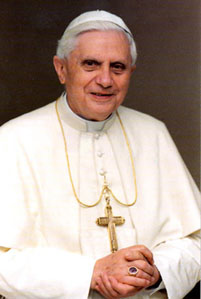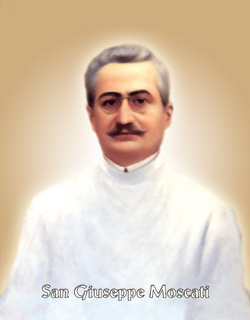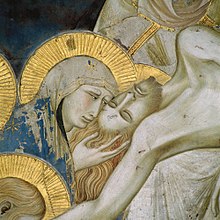Am getting interested in the Vatican II documents!!! I've never ever cared to read it before; if at all I have seen the volumes in the college Library, I think I had always passed by ...., thinking it to be too hard a nut for me to crack!!! After all, there were other books , fiction mainly. What a fool I used to be!!!!
But how come the Council documents are getting so very interesting these days??? There is only one answer to that and that is Romans 10:20:
"... I was found by people who were not looking for me. I showed myself to those who were not asking for me."
Thank You Heavenly Father for opening my eyes to behold the rich treasures of the Catholic Church.Thank You Abba for adopting me as Your child.
For all who are led by the Spirit of God are children of God. So you have not received a spirit that makes you fearful slaves. Instead, you received God's Spirit when he adopted you as his own children. Now we call him, "Abba, Father."For his Spirit joins with our spirit to affirm that we are God's children. Romans 8: 14 -16
But when the right time came, God sent his Son, born of a woman, subject to the law. God sent him to buy freedom for us who were slaves to the law, so that he could adopt us as his very own children. And because we are his children, God has sent the Spirit of his Son into our hearts, prompting us to call out, "Abba, Father." Galatians 4: 4-6
- Today more than ever ... we are called to serve man as such, and not merely Catholics; to defend above all and everywhere the rights of the human person, and not merely those of the Catholic Church. Today’s world, the needs made plain in the last fifty years and a deeper understanding of doctrine have brought us to a new situation ... It is not that the Gospel has changed, it is that we have begun to understand it better. Those who have lived as long as I have ...were enabled to compare different cultures and traditions, and know that the moment has come to discern the signs of the times, to seize the opportunity and to look far ahead. -(a quotation attributed to Pope John XXIII as on his deathbed (24 May 1963):
- ..the Church should never depart from the sacred treasure of truth inherited from the Fathers. But at the same time she must ever look to the present, to the new conditions and the new forms of life introduced into the modern world. - Pope John XXIII, from his Opening Speech to the Second Vatican Council in St Peter's, Vatican, 11 October 1962
- As sharers in the role of Christ as priest, prophet, and king, the laity have their work cut out for them in the life and activity of the Church. Their activity is so necessary within the Church communities that without it the apostolate of the pastors is often unable to achieve its full effectiveness. In the manner of the men and women who helped Paul in spreading the Gospel (cf. Acts 18:18, 26; Rom. 16:3) the laity with the right apostolic attitude supply what is lacking to their brethren and refresh the spirit of pastors and of the rest of the faithful (cf. 1 Cor. 16:17-18). ("Apostolate/Laity" #10)
- The lay apostolate, however, is a participation in the saving mission of the Church itself. Through their baptism and confirmation, all are commissioned to that apostolate by the Lord Himself. Moreover, through the sacraments, especially the Holy Eucharist, there is communicated and nourished that charity toward God and humankind which is the soul of the entire apostolate. Now, the laity are called in a special way to make the Church present and operative in those places and circumstances where only through them can she become the salt of the earth. Thus every lay-person, by virtue of the very gifts bestowed upon them, is at the same time a witness and a living instrument of the mission of the Church herself, "according to the measure of Christ's bestowal." [Eph. 4:7] ("Apostolate/Laity" #33)
- The perfect model of this apostolic spiritual life is the Blessed Virgin Mary, Queen of Apostles... She remained intimately united to her Son and cooperated in an entirely unique way in the Savior's work. ("Apostolate/Laity" #4)













